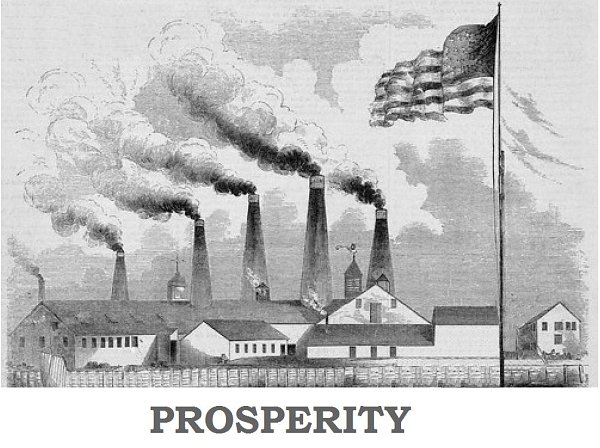By Roberta Attanasio, IEAM Blog Editor

Credit: , CC BY-ND 2.0
Air pollution is by the World Health Organization as the “the world’s largest single environmental health risk” and causes of premature deaths annually. is associated with respiratory diseases (including asthma and changes in lung function), cardiovascular diseases, adverse pregnancy outcomes (such as preterm birth), and even death. , the World Health Organization concluded that outdoor air pollution is carcinogen to humans. In other words, air pollution is an —may not always be visible, but it can be deadly. Continue reading


